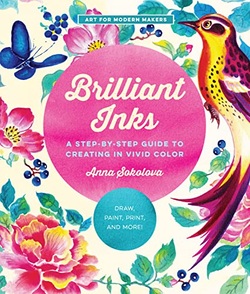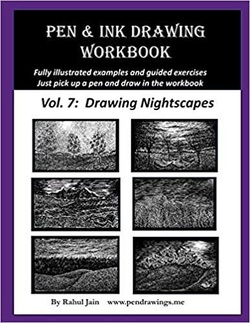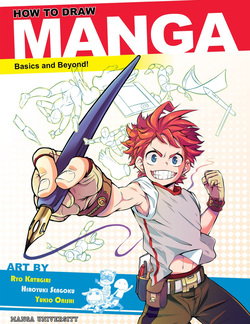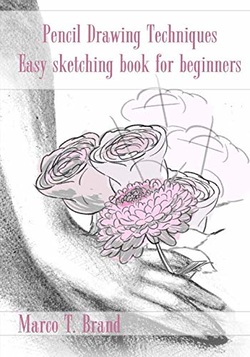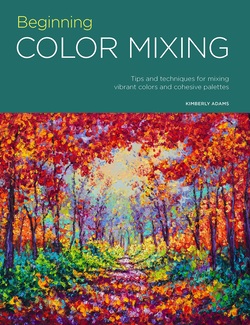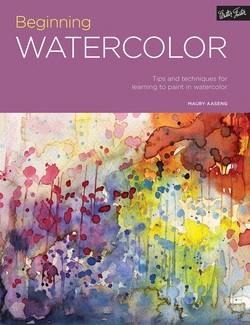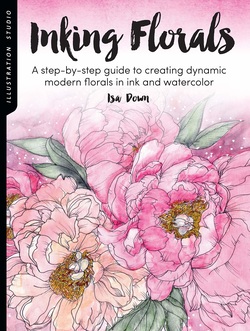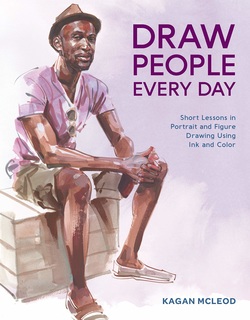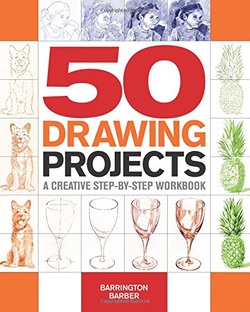سال انتشار: 2018 | تعداد صفحات: 201 | حجم فایل: 19.9 مگابایت | زبان: انگلیسی
Pen and Ink Drawing Workbook: Pen and Ink Drawing workbooks for absolute beginners (Pen and Ink Workbooks)
نویسنده
Rahul Jain
ناشر
CreateSpace Independent Publishing Platform
ISBN10:
1986385752
ISBN13:
9781986385756





